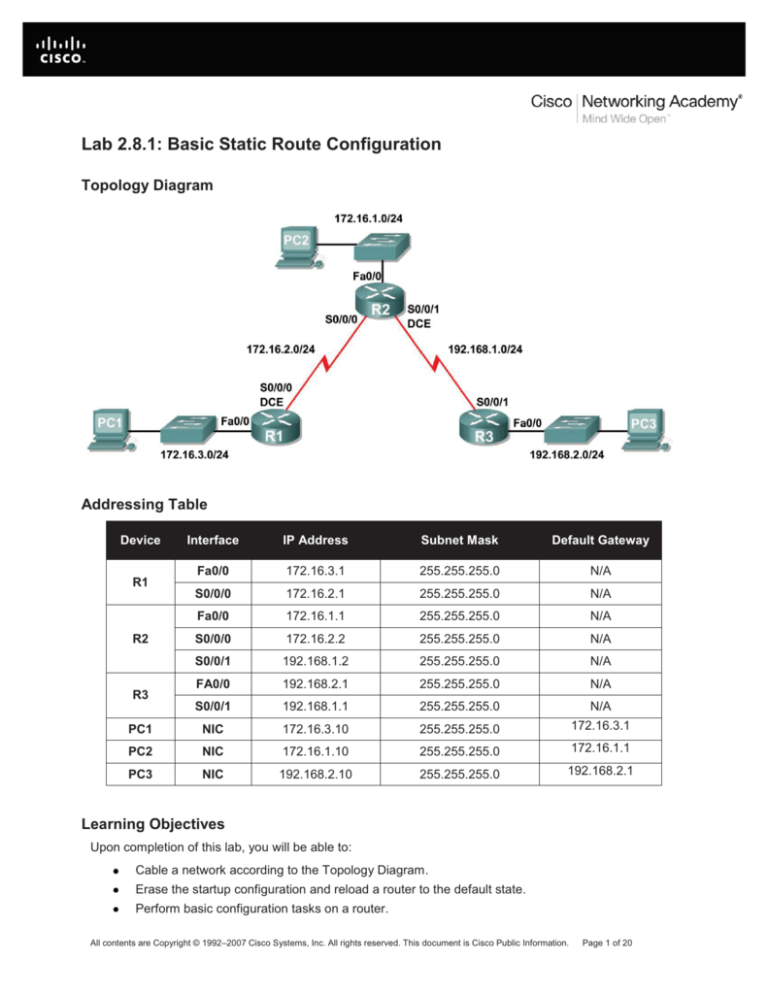

- #CISCO MAC ADDRESS TABLE FILLING UP SERIAL#
- #CISCO MAC ADDRESS TABLE FILLING UP PASSWORD#
- #CISCO MAC ADDRESS TABLE FILLING UP WINDOWS#
From the Windows terminal, issue the Telnet command, telnet destination-ip-address:Īn access prompt will be displayed, similar to the one shown in Figure 1.
#CISCO MAC ADDRESS TABLE FILLING UP PASSWORD#
Unless directed otherwise by your instructor, the password is cisco.ġ. For example, for host computers on pod 1, use userid ccna1. To provide access to each student, use the userid corresponding to your pod. S1-Central has been configured with 11 student accounts, ccna1 through ccna11. Step 2: Use the Windows Telnet client to access S1-Central. Open a Windows terminal by clicking Start > Run. Task 1: Use the Telnet Protocol to Log in to a Cisco Switch. In Eagle 1, limited privileges have been configured for student use. The Cisco device must be configured for Telnet access, otherwise it is denied. Using Telnet, network engineers can log into network devices from anywhere across a secure network.

Cisco IOS devices provide a default Telnet server, and operating systems such as Windows have built-in Telnet clients. Telnet is a network service that uses a client-server model. Use the Cisco IOS show mac-address-table command to examine the switch MAC address table and other address-related information. Use show mac-address-table command to examine the mac addresses and association to ports.In this lab, the student will connect to the switch via a Telnet session. For secure networks, the Cisco device can be configured for a Telnet session. If the network is not secure, a modem configured on the AUX port enables telephone access. For devices physically distant from the network engineer, network connectivity can be established through two means.
#CISCO MAC ADDRESS TABLE FILLING UP SERIAL#
Using Windows hyperterm utility, a serial connection can be established. A console port can be used if the Cisco router or switch is within the same physical proximity of a computer. If a switch does not know which port to route the frame, or the frame is a broadcast, then the frame is routed out all ports except the port where it originated.Īccess to Cisco devices can be accomplished through several means. When a switch receives a frame, the destination MAC address is checked against the table, and the corresponding port is used to route the frame out of the switch. Switches maintain a table of MAC addresses and associated switch port.

Lab 9.8.3: Intermediary Device as an End Device.Lab 9.8.2: Cisco Switch MAC Table Examination.Lab 9.8.1: Address Resolution Protocol (ARP).Lab 8.4.1: Media Connectors Lab Activity.7.6.1: Skills Integration Challenge-Data Link Layer Issues.Lab 6.7.5: Subnet and Router Configuration.Activity 6.7.4: IPv4 Address Subnetting Part 2.Activity 6.7.3: IPv4 Address Subnetting Part 1.5.6.1: Skills Integration Challenge-Routing IP Packets.Lab 5.5.1: Examining a Device’s Gateway.Lab 4.5.3: Application and Transport Layer Protocols Examination.Lab 4.5.2: TCP/IP Transport Layer Protocols, TCP and UDP.Lab 4.5.1: Observing TCP and UDP using Netstat.Lab 3.4.3: E-mail Services and Protocols.2.7.1: Skills Integration Challenge-Examining Packets.Lab 2.6.2: Using Wireshark™ to View Protocol Data Units.Lab 2.6.1: Topology Orientation and Building a Small Network.Activity 2.2.5: Using NeoTrace™ to View Internetworks.1.7.1: Skills Integration Challenge-Introduction to Packet Tracer.Lab 1.6.2: Using Collaboration Tools-Wikis and Web Logs.Lab 1.6.1: Using Collaboration Tools- IRC and IM.Activity 1.4.5: Identifying Top Security Vulnerabilities.Activity 1.1.1: Using Google Earth™ to View the World.


 0 kommentar(er)
0 kommentar(er)
